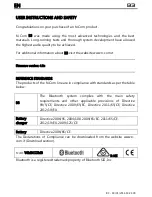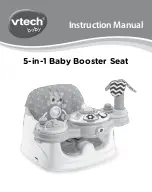
9 / 99
www.xovis.com
Theoretically the foot coordinates will always be the easier way to use, as all counting items
(e.g. count line) can then just be oriented on the scenes floor (all possible locations of a
persons feet are given by considering the floor of the scene). But due to the visual
perspecitive, feet positions will not be displayed within the complete visible floor which can
complicate the proper drawing of counting items, especially on lower mounting heights
where the difference between the trackable areas of both coordinate modes is quite big (see
Figure 6). Therefore, in some situations, head coordinates can be the preferred choice.
The following situation illustrates the two different coordinate positions:
Figure 7: Demonstration of coordinate modes
In the left image, foot coordinates are in use. In the right image, head coordinates are in use.
The situation shows that the first possible position of person “bubbles” is clearly closer at
the border when using head positions.
Setting up a sensor
3.2.1
Introduction
This chapter describes the recommended procedure how to set up a new PC-Series sensor.
3.2.2
Setting up the sensor in the network
The sensor is setup for use in a DHCP environment by default. If a sensor is attached to a
network, it is expecting an IP address assignment by a DHCP server in the network. This is
the simplest way to install a new sensor.
If no DHCP server is present, a static IP setting needs to be applied to the sensor. For this
purpose, a Windows PC attached to the same physical subnet as the sensor is required. The
static network settings can then be applied with the Xovis Sensor Explorer tool, which is
described in the next chapter.
Summary of Contents for PC Series
Page 1: ...PC Series User manual...










































